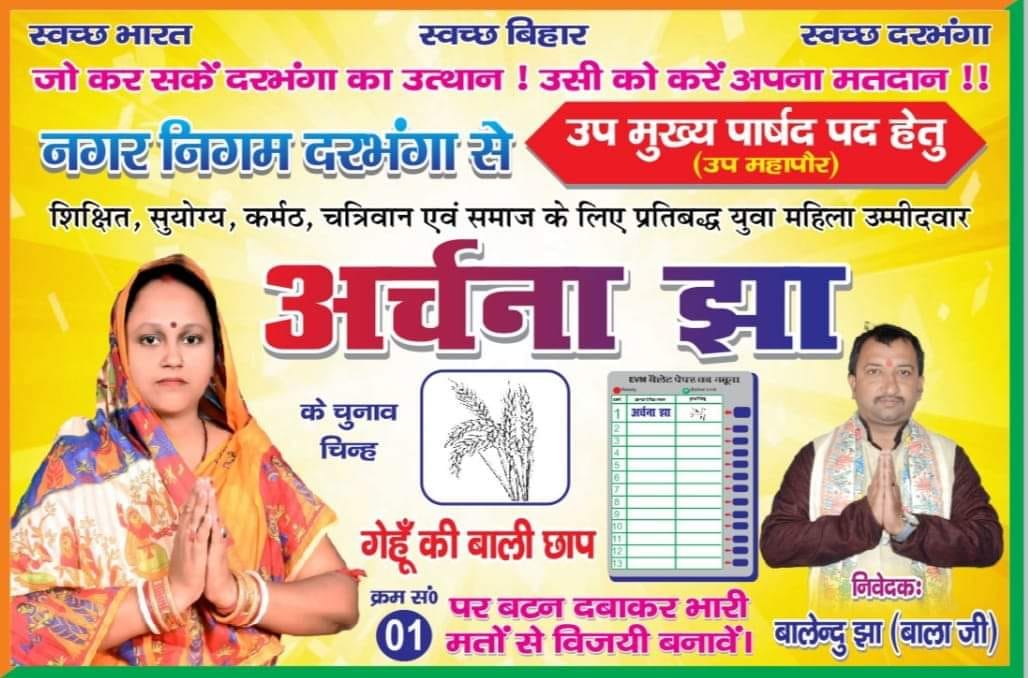
Darbhanga Ward No 37, with population of 4373 is Darbhanga city’s the 5th least populous ward, located in Darbhanga sub district of Darbhanga district in the state Bihar in India.
Demographics
The ward is home to 4373 people, among them 2288 (52%) are male and 2085 (48%) are female. 97% of the whole population are from general caste, 3% are from schedule caste. Child (aged under 6 years) population of Darbhanga Ward No 37 is 15%, among them 51% are boys and 49% are girls. There are 825 households in the ward and an average 5 persons live in every family.
Growth of population
Population of the ward has decreased by -52% in last 10 years. In 2001 census total population here were 9111. Female population growth rate of the ward is -50.9% which is 2% higher than male population growth rate of -52.9%. General caste population has decreased by -48.5%; Schedule caste population has decreased by -85.8% and child population has decreased by -54.8% in the ward since last census.
Sex Ratio – Females per 1000 Male
As of 2011 census there are 911 females per 1000 male in the ward. Sex ratio in general caste is 908, in schedule caste is 1035. There are 943 girls under 6 years of age per 1000 boys of the same age in the ward. Overall sex ratio in the ward has increased by 37 females per 1000 male during the years from 2001 to 2011. Child sex ratio here has increased by 42 girls per 1000 boys during the same time.
Literacy
Total 2975 people in the ward are literate, among them 1641 are male and 1334 are female. Literacy rate (children under 6 are excluded) of Darbhanga WARD NO.-0037 is 80%. 84% of male and 75% of female population are literate here. Overall literacy rate in the ward has decreased by 1%. Male literacy has gone down by -3% and female literacy rate has gone up by 5%.
Workers profile
Darbhanga WARD NO.-0037 has 29% (1266) population engaged in either main or marginal works. 48% male and 8% female population are working population. 46% of total male population are main (full time) workers and 2% are marginal (part time) workers. For women 7% of total female population are main and 1% are marginal workers.








